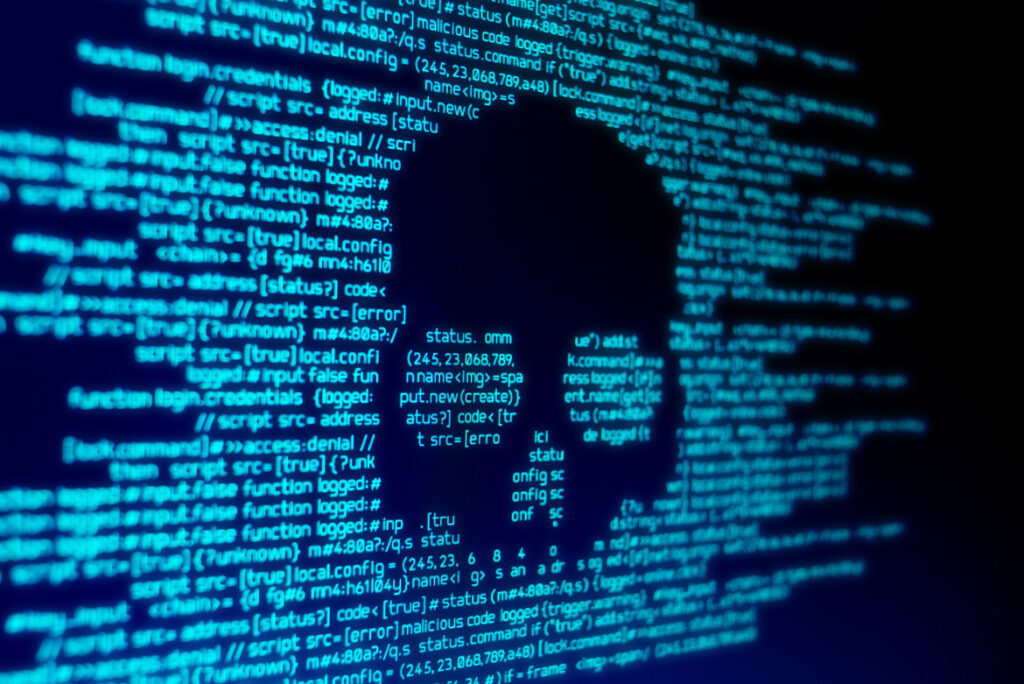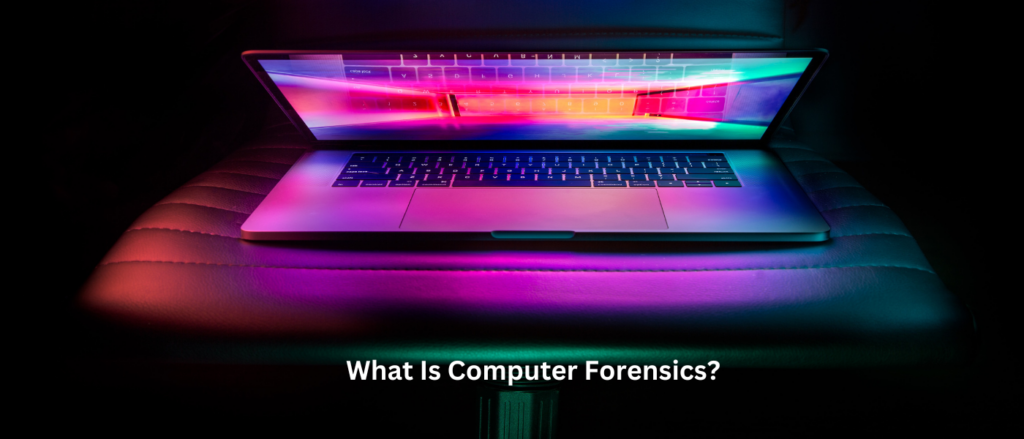A vital element of the Cyber Essentials and Cyber Essentials Plus certifications is securing your IT systems against viruses and malware. These threats have been around as long as computers have, and they’re a constantly evolving threat to our digital systems. You are likely to be familiar with antivirus and anti-malware software used on your personal computer as our first line of defence against malicious attacks. We’re going to explore the differences between viruses and malware, and the protection that needs to be in place in order to secure your Cyber Essentials certification.
What is the difference between viruses and malware?
Viruses and malware are both potential threats to your IT infrastructure, but they’re not the same thing.
A computer virus gets its name from the fact that it behaves like a biological virus. It’s a malevolent piece of computer code that can reproduce itself over and over again, with the goal of corrupting your system or destroying your data. We’ve dealt with these threats for decades, such as Trojan horses, keyloggers, unsolicited pop-ups and worm viruses. They can enter our systems via email attachments, rogue downloads and even infected USB sticks.
When it comes to cyber crime, viruses are considered relatively outdated, and modern-day hackers opt for more sophisticated malware instead.
So what is malware? Malware – short for malicious software – covers a wide variety of attacks. Malware is like Viruses 2.0 – rather than relying on static malicious code, it is constantly evolving and reshaping to find new methods of attack. Ransomware and spyware are two of the best-known types of malware.
Using antivirus and anti-malware software to protect your network
Put simply, antivirus software is there to detect viruses and anti-malware software protects against malware. There are a number of security solutions that combine both of these, and also some overlap in what individual software protects against.
Traditionally, antivirus only protects against viruses. It scans files and compares them to a library of known threatening codes. If it spots a match, it will isolate the code and prevent it from running. Free antivirus software only offers the minimum layer of protection against classic viruses, while premium versions will protect against more advanced threats and even feature malware removal tools.
Anti-malware software works to detect new iterations of infections. It defends against second-generation malware that classic antivirus software doesn’t always detect.
This is a good time to remind you that the best anti-malware and antivirus software can only be successful when used in conjunction with healthy, security-conscious online habits.
Do I need both antivirus and anti-malware software?
Yes.
Although anti-malware software is the best at detecting the latest threats, it might not be able to pick up some legacy viruses that are still very capable of causing damage. Think of antivirus as proactive protection against threats infecting your device while anti-malware roots and destroys activated malware.
A layered approach to cyber security, incorporating both antivirus and anti-malware software is the best way to protect your network against a broad spectrum of attacks.
Features to look out for in antivirus software
- Real-time scanning
Antivirus software can actively scan incoming files to check for potential threats. - Automatic updates
In order to be effective, your antivirus software requires the latest library of resources. Automatic updates ensure that you’re always up to date. - Threat removal
Some antivirus software only detects and blocks viruses, make sure that yours removes them as well!
Features to look for in anti-malware software
- Sandboxing
A sandbox is a controlled environment that allows the software to test suspected threats without endangering your computers. - Traffic filtering
By blocking access to suspicious servers and sites known to be involved with malware distribution, your devices have an added level of threat protection. - Proactive security
Your software should scan, detect, and remove known malware threats.
An active, up-to-date, anti-malware solution is a requirement on all computers for Cyber Essentials. For Windows machines, built-in Windows Defender will suffice, but for Macs, you must purchase a third-party anti-malware solution to be compliant with Cyber Essentials. Examples for Macs could include Malwarebytes, BitDefender or AVG.
Need help securing your network?
Forensic Control provides a complete service, with hand-holding help at every step of the Cyber Essentials certification process. We’ll help you ensure that your cyber security protection is fit for purpose and help you find the right software to support your business.





